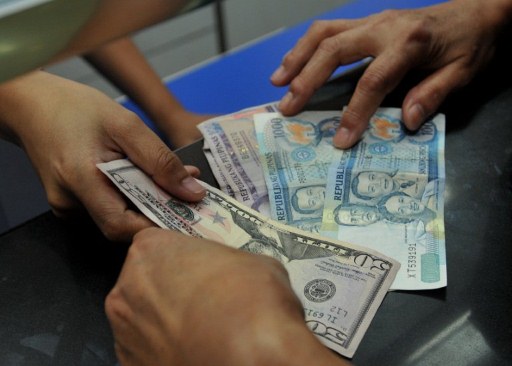PH debt grows to new high of P11.92 trillion in September
MANILA, Philippines—More domestic and foreign borrowings plus a weaker peso further pushed the national government’s outstanding debt to a new high of P11.92 trillion in September.
The latest Bureau of the Treasury data on Friday (Oct. 29) showed end-September outstanding debt climbed by 2.4 percent from P11.64 trillion in August and jumped 27.2 percent from P9.37 trillion in 2020.
Domestic debt, which accounted for 70.4 percent of the total, inched up 2 percent month-on-month and grew 30.3 percent year-on-year to P8.39 trillion as of September.
In a statement, the Treasury said locally sourced debt further rose month-on-month on the back of a net issuance of T-bills and bonds, or a bigger volume of government securities sold in September than those that matured.
A net of P167.45 billion in IOUs were added to the domestic debt pile in September, Treasury data showed.
Article continues after this advertisementForeign debt stock, meanwhile, rose 3.1 percent month-on-month and 20.4 percent year-on-year to P3.53 trillion at the end of the first nine months of 2021.
Article continues after this advertisementOn top of the net of P43.99 billion in foreign loans which took effect last month, the peso’s depreciation to $50.879:$1 in end-September from 49.762 against the US dollar last August also added P76.82 billion to the national government’s external obligations.
The government tried to minimize these foreign exchange risks by borrowing the bulk of its financing requirements from the local debt market, which remained oozing with cash despite the prolonged COVID-19 pandemic.
Since the debt stock grew faster than the economy during the first half, debt-to-gross domestic product (GDP) stood at 60.4 percent as of end-June — above the 60-percent threshold which debt watchers considered as a manageable level among emerging markets.
The debt-to-GDP ratio, which reflected an economy’s ability to repay its obligations, had been programmed to end 2021 at a 16-year high of 59.1 percent, as the national government’s outstanding debts were expected to settle at P11.73 trillion by yearend.
Amid the pandemic-induced economic slump, lower revenues forced the government to borrow more through concessional loans extended by multilateral banks and bilateral development partners as well as bond issuances in domestic and offshore commercial debt markets.
This jacked up the Philippines’ debt-to-GDP ratio to 54.6 percent in 2020 from a record-low 39.6 percent in 2019.
